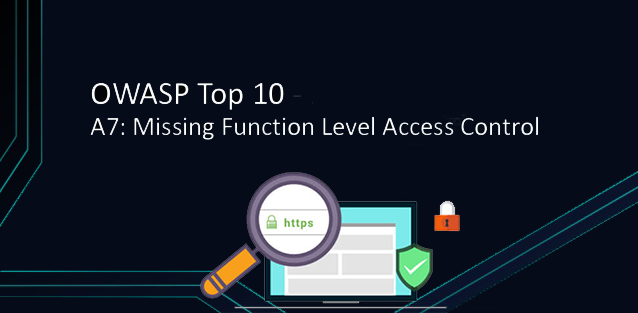There are two types of companies in the world: those who know they’ve been hacked and those who don’t. In this article, we will tell you how to avoid becoming a victim of a cybercriminal.
70% of websites have high-risk vulnerabilities that could lead to data leakage and resource compromise.
The implementation of these studies allows us to develop an adequate and comprehensive program of measures to increase the security level of a web application. This leads to the reduction of operational, financial and reputational risks to an acceptable level. In simple terms, if you’re really serious about security, it’s the last logical step in getting your site up and running.
Penetration testing (abbreviated pentest) is the process of modeling a hacker’s actions on a site in order to obtain an absolutely objective assessment of the current level of information security of the investigated resource.
WHY IS THE PENETRATION TEST PERFORMED?
Penetration testing primarily solves the following tasks:
- Identifying the deficiencies in the information security measures implemented by the customer and evaluating the possibilities of use by the violator,
- Practical demonstration of the possibility of exploiting vulnerabilities (on the most critical examples),
- Obtain a comprehensive assessment of the current security level of a web application based on objective evidence.
- Development of recommendations to eliminate identified vulnerabilities and shortcomings to increase the security level of a web application.
The tests are done in the form of white box, gray box and black box as explained in previous articles.
In most cases, testing is done using the black box method.
This method uses the following intruder model: A highly qualified external attacker (skill level – a hacker) gains unauthorized access to a web application, acting on the Internet, with no privileges and no data on the source being searched. The only information the attacker has is the site address.
Penetration testing uses generally accepted information security standards and guidelines such as:
- OWASP Test Guide
- OWASP Top 10
- Web Application Security Consortium Threat (WASC) Classification
- ISO 17799/27000 series standards
The work can be logically divided into the following stages:
- Collection and analysis of information,
- Identifying security vulnerabilities,
- Attacking a web application,
- Analysis and reporting,
- Elimination of security vulnerabilities.
Today, penetration tests are an indispensable part of information security for any organization. As SecroMix, we prepare detailed recommendations and organization-specific plans to support your information security process and minimize risks.








